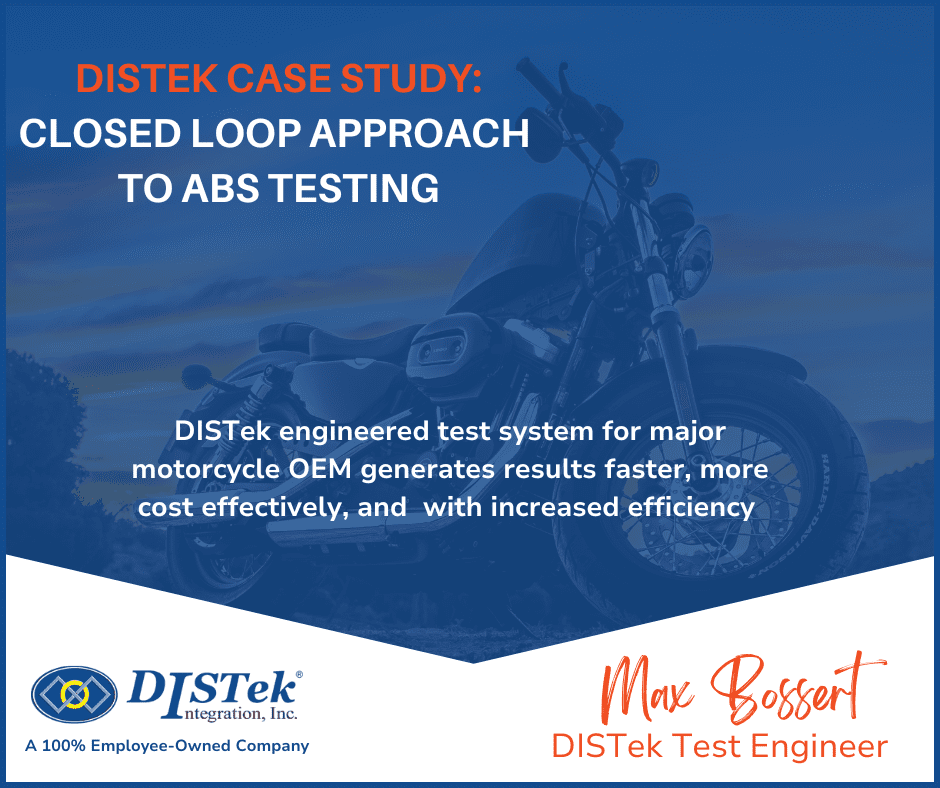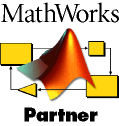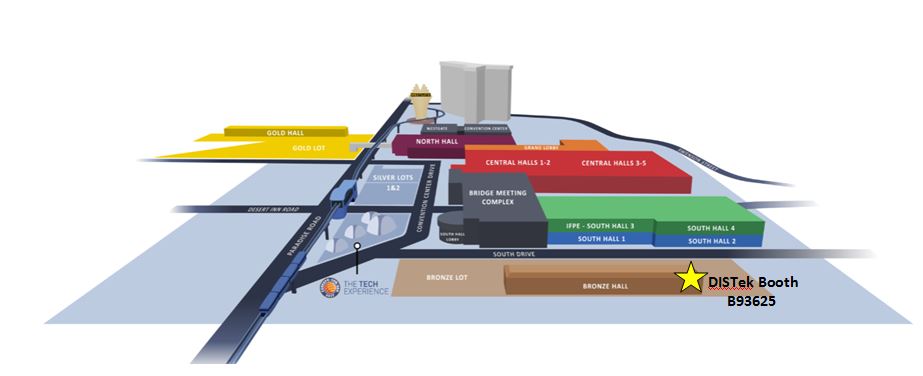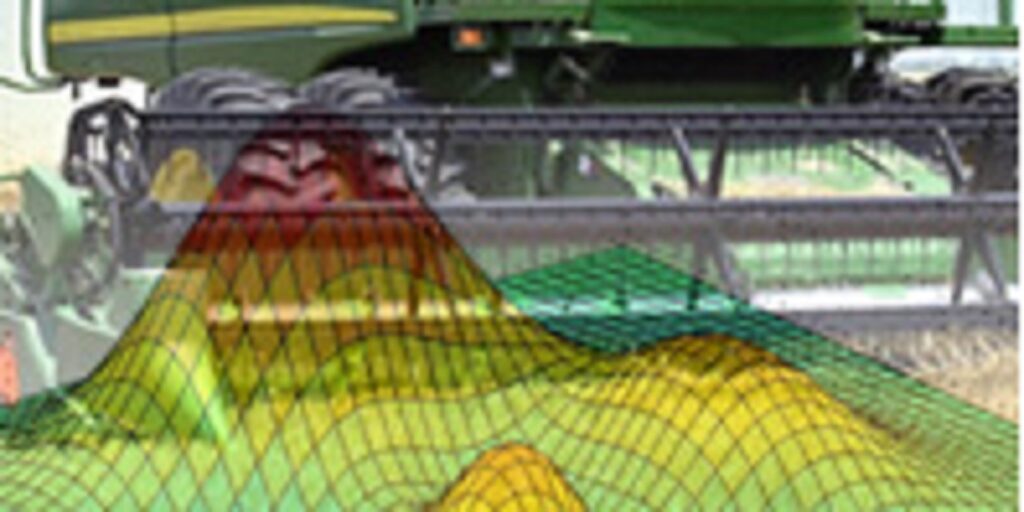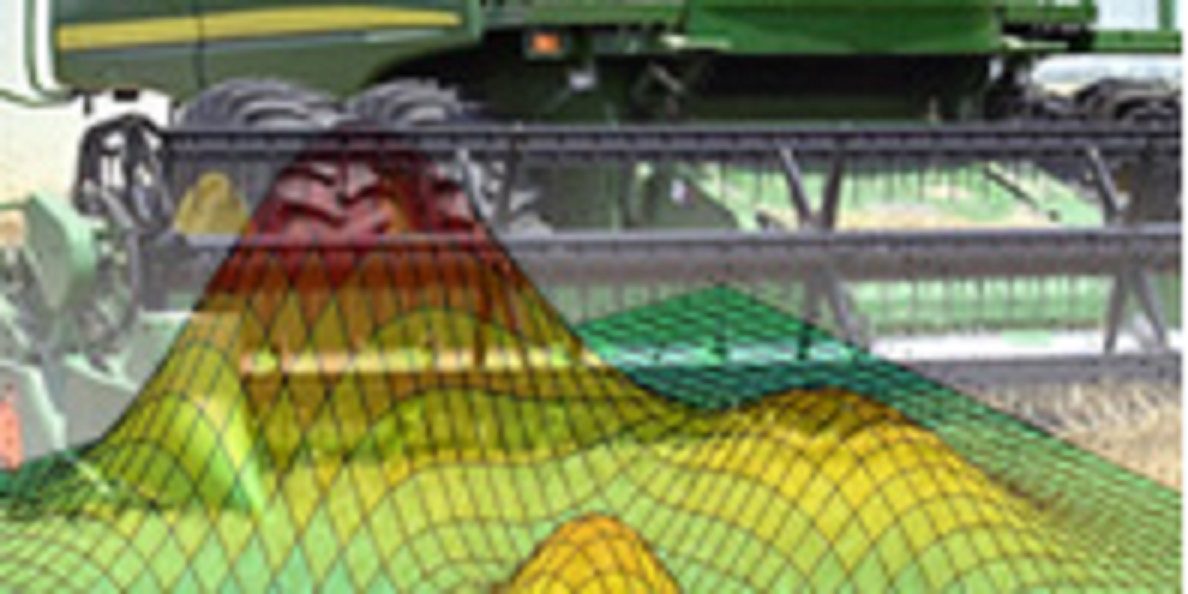
Recently my team was given the opportunity to completely redo a particularly messy and troublesome piece of legacy C code, and as a team we decided to give MBSD a try. We had tried a few simple models before, all of which turned out to be more complicated than had we written the C code ourselves. But this time we were determined to do it right: we allocated plenty of time, received one-on-one training from the local MBSD guru, and reviewed the original requirements to ensure they met the needs of the system. Finally after exhausting all of the time, continually pestering the guru with questions and modifying the requirements several times, we succeeded in having a model based software design that actually worked the first time we tested it on the vehicle. It was a valuable experience overall and helped illustrate the drawbacks and benefits of MBSD over the typical C development.

